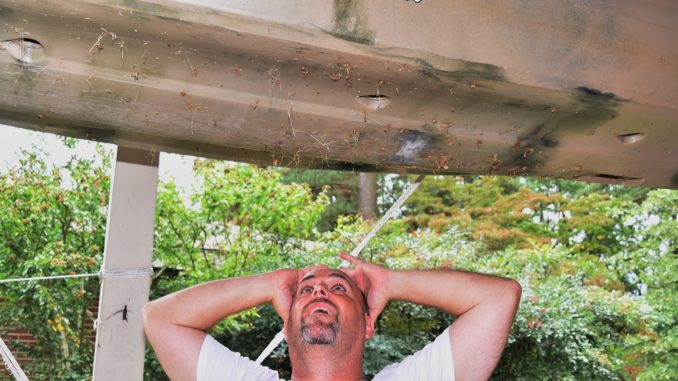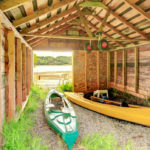
Follow to-do list if your kayak is stored in winter
As cold weather rolls in along with other activities such as hunting season and football, fishing is no longer a priority for many anglers, and kayaks tend to be put to the side. But even though it’s out of sight and out of mind, it still requires care and maintenance.
Just like an automobile, cleaning after a summer full of fun that includes dirty, tea-stained water, salt buildup from trips to the coast and many scrubs on the bottom with mud, sand, rock and well, other gunk, is essential.
Using something like dish-washing detergent does well in cleaning, however, it also removes any protectant as well such as wax. If you plan on using something like Meguiar’s RV or marine wax, by all means, pull out the Dawn and have at it. A kayak is a fairly simple shape to wax and can be done quickly under cover of a carport or garage with room to move around.
If you just want to give it a good bath, there are a number of marine-safe cleansers that can also be used to get rid of that water-grime ring that appeared gradually over the fishing season.
While going over every inch of surface during the cleaning process, it is a great time to look for any damage and perform repairs as necessary. Scratches and abrasions are commonplace on the underside of the hull. While they do occur, they do not need to cause panic. Most can be left alone if desired; however, if you want to bring it back to showroom-floor display looks, there are a number of ways to do so.
If a scratch is not too deep, you can simply knock off the excess plastic with fine-grit sand paper. Afterwards, take a heat gun and quickly run over the area to allow the plastic to melt back into place.
For deeper scratches, the use of a heat gun is again required. Run it over the area of the scratch until you see the plastic begin to change color slightly. Then, take a putty knife and smooth the melted plastic into shape.
Cracks or scratches through the hull can be repaired using a heat gun as well. A simple online search will offer many different techniques. One way is if you have any excess plastic from the hull — I kept pieces of plastic I cut out from installing rod holders and hatches — you can cut a small piece and splice it in. Another popular technique is to use tarp material in the same manner. Simply cut a small piece of tarp and place over the damaged area. Use the heat gun to melt into place.
This is also a good time to check all accessories. Remove batteries for fish finders and other electronics. Remove the fish finder itself and store indoors. If anchor trolley lines can be removed, do so as well. Check all screws and bolts for corrosion or rust and remove and replace prior to storage.
Seat care is a must as well. The material is different than everything else related to the kayak and is as important as the hull itself. For the new lounge chair-style seats, which are not molded as part of the hull, check strappings for fraying and tears and replace if necessary. Cover with a dark, plastic trash bag to protect it through the winter.
Store the kayak inside a garage or enclosed storage area if possible. If not, try to limit the amount of sunlight it may come in contact with. A popular UV protectant such as 303 Aerospace Protectant is commonly used as it will not discolor or deteriorate the plastics and rubber seals.
Most manufacturers recommend standing the kayak either on end or on the side. These are the most sturdy parts of the kayak. A third method is to store it upside down with the bottom of the hull facing upwards. This prevents the hull from creasing, folding, or flattening.
If you have an enclosed hull like many sit-on-top kayaks, open one of the accesses, such as a hatch, to allow airflow and to prevent moisture build up inside. Be careful, though, you don’t want spiders, wasps or even birds to take refuge inside the hull.
With a little care, you will be able to use your kayak for many seasons to come.





Be the first to comment